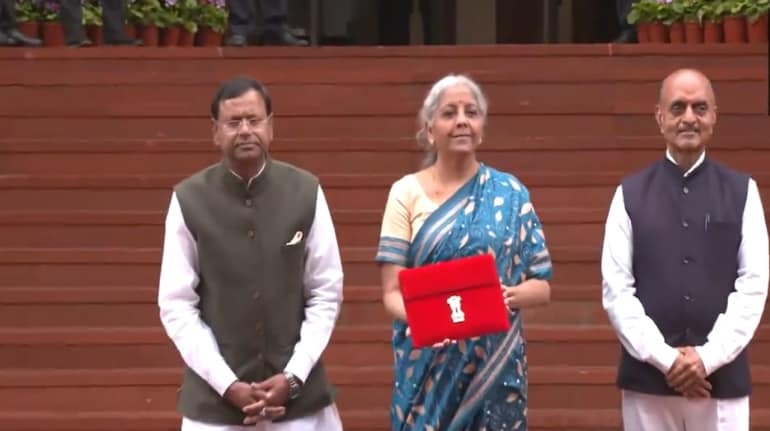
"Our results indicate that there is a 5 percent chance of portfolio outflows from India of the order of 3.2 percent of GDP or US $ 100.6 billion in a year in response to a COVID-type contraction in real GDP growth, or a global financial crisis -GFC- type decline in interest rate differentials vis-à-vis the US, or a GFC type surge in the VIX" said a study titled " Capital Flows at Risk: India’s Experience" published in the latest RBI Bulletin. The results of the research are that of the authors from the RBI's economic research department and do not reflect the views of the RBI itself.
"In an extreme risk scenario or a black swan event in which there is a combination of all these shocks, there is a 5 percent chance of outflows under portfolio investments of 7.7 per cent of GDP and short term trade credit retrenchment of 3.9 percent of GDP" the paper said.
The research findings assume policy significance against the backdrop of foreign investors pulling out investments since the Russia-Ukraine war started in February, which has resulted in the rupee weakening against the dollar and also pressure on imported inflation. The Reserve Bank currently has an armoury of $600 billion worth reserves to deal with extreme eventuality
The research finding are also indicative of the level of liquid reserves that need to be maintained at all times – in addition to standard metrics of import and debt servicing cover – to quell bouts of instability that volatile capital flows can impose in a dynamic and highly uncertain global setting in which pandemics, supply chain disruptions, and elevated commodity prices and geopolitical tensions keep interacting and intertwining.
The research findings suggest that growth differentials and domestic term premia are the predominant pull factors attracting capital flows to India while global risk aversion is the main push factor driving capital outflows. "Portfolio flows are most sensitive to shifts in risk sentiment globally and consequent spillovers" it said.
Capital flows to India have behaved in ways similar to the rest of EMEs. Also similar to the EME experience, India has undergone five major episodes of sudden stops and reversals – the GFC; the taper tantrum; 2018 when GDP growth slid to a five year low; the onset of the pandemic; and the current phase due to the war in Ukraine.
Emerging market economies, including India, need to keep foreign exchange reserves liquid: RBI paper - Economic Times
Read More

No comments:
Post a Comment